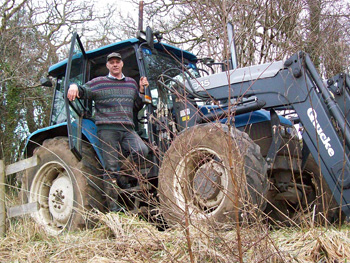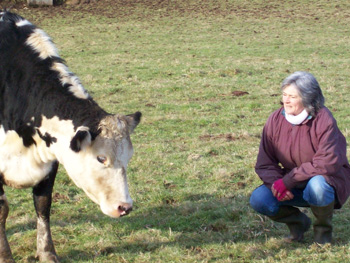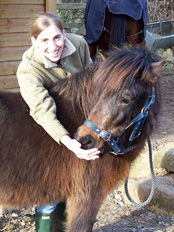The Farms
Old Walls and the nearby Lowertown are two Dartmoor farms that used to be run as one unit but are now run independently. Miles is still in partnership with Gail at Old Walls but with Luke, his son, at Lowertown.
Both farms have a herd of single suckler cows which produce calves that are sold at 15 months old to lowland farms where they are fattened for beef. The cattle are only fed on fresh grass in summer, dried grass (hay) or pickled grass (silage) in winter. Miles and Luke also have a herd of Dartmoor ponies running on the common.
At Old Walls our in bye farm land measures 13 hectares, including 5 hectares of woodland, and our common rights allow us to graze cattle, ponies and sheep on Bittleford Common. We have permanent pasture throughout the farm but we grow different varieties of grass in fields cut for hay and silage from those fields used for grazing.
Old Walls farm is within Dartmoor National Park. We have an ancient scheduled woodland bordering the West Webburn river with steep valley sides that are typical of this area. We farm from 800 to 1,000 feet in altitude which gives us a relatively short growing season on the highest of our ground. We have some very small fields contained within old Devon hedges (stoned earth banks with tree and shrub growth on top) and we still use all the historic field names.
We are in a high rainfall area, averaging 62 inches per year, with moist warm south-westerly winds prevailing. It is an ideal climate in which to grow grass.
Environmental Stewardship
From 2010 to the end of 2019 we wer signed up to a Higher Level Stewardship scheme with Natural England, which details all the ways we can help the environment on our farms. This included managing the woodland for mammals, such as bats and dormice, and for insects of all descriptions which fly and crawl in the live and dead wood. We also, of course, needed to keep the trees healthy and in a safe condition.
We managed our meadows so the marsh fritillary butterfly could continue feeding or nectaring there. The hedgerows were managed so they were at least 3 metres high and, when appropriate, traditionally laid to encourage a ready food supply by way of nuts and berries for many different creatures.
Our leat at Old Walls has created a whole new habitat for water loving plants, animals and insects especially dragonfly and damselfly. We now have orchids growing on the leat bank.
Carbon Footprint
The farm’s carbon foot print is negative due to the hydro-electric scheme. We use all renewable energy in our farmhouse, farm buildings and workshops.
It is very unusual for a livestock farm to have a negative carbon footprint after all the energy used on the farm is taken into account.



